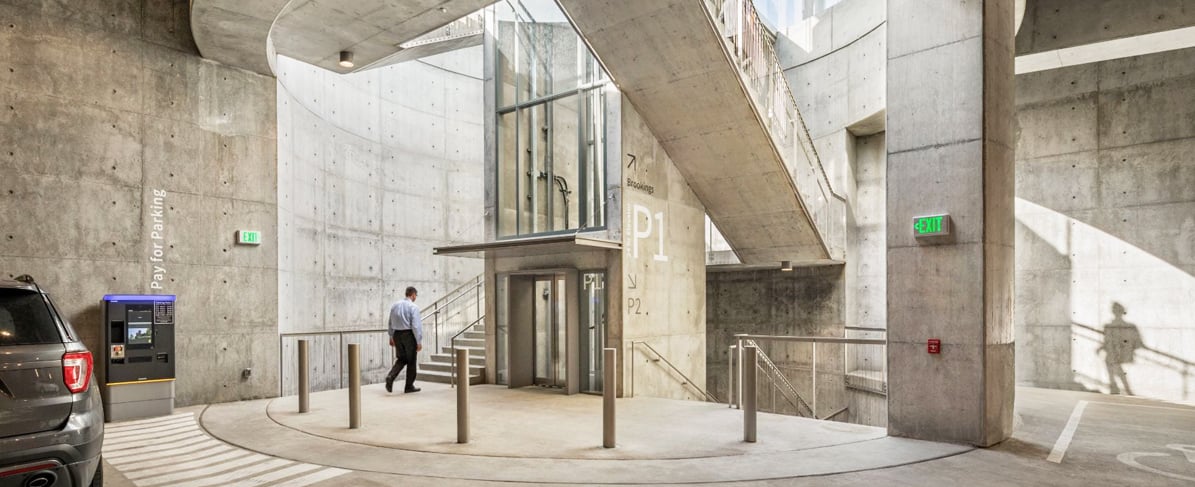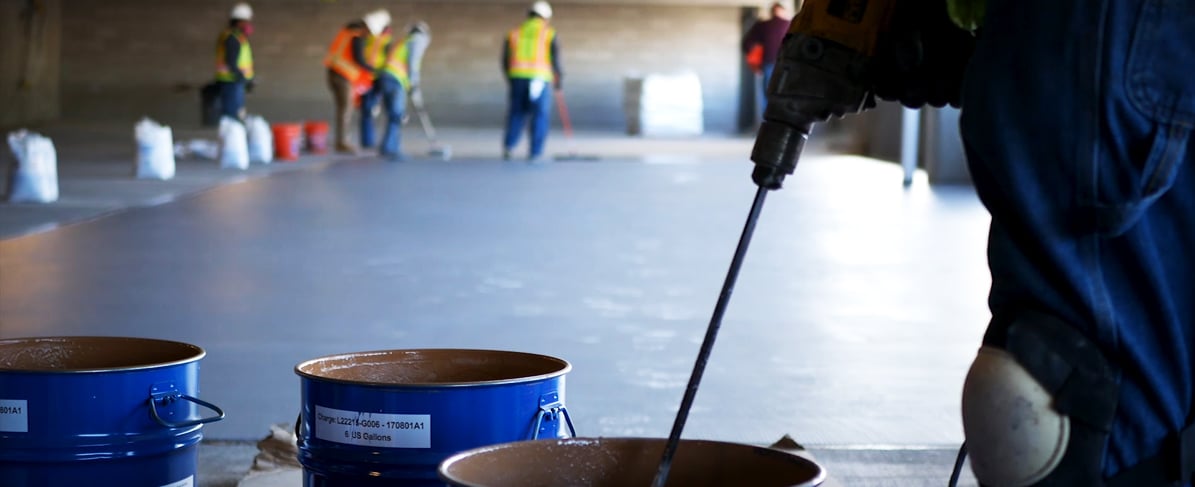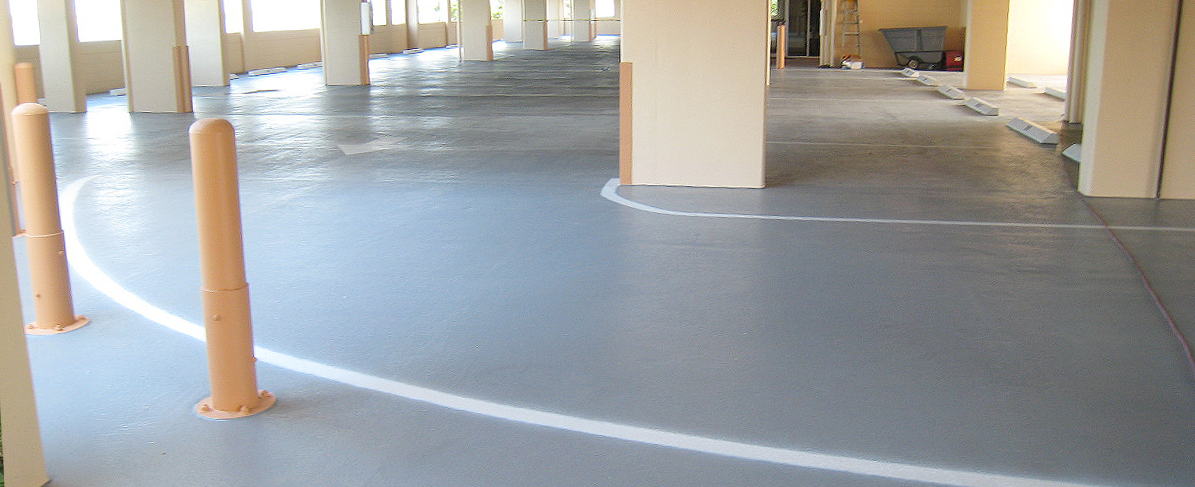Whether you are designing a new parking garage or own an existing one, parking and transportation trends will have a direct impact on the necessary size and projected use of the structure. This blog will highlight these changing circumstances, discuss how they impact parking garages and identify adaptations to better accommodate the future of your locale.
Parking and Transportation Trends
Current social distancing requirements are already reducing demand for parking spaces, and this is likely to continue – at least in the short term. But that’s not the only trend which may impact parking structure usage going forward. The difficulty is in determining how much of a decline there will be and how to make the most of your investment. Here are some of the growing trends and how they may affect your parking garage:
- Working from Home
With social distancing in place around the country, many companies are requiring employees to work from home, thus leading to lower occupancy of parking garages. Even the businesses still operating normally are finding that they are having fewer visitors. Stadiums, casinos and theaters, for example, which often have their own parking garages, may not be open at all. Even when the COVID-19 pandemic subsides, the work from home trend may continue long term as companies realize the benefits of this flexibility on productivity.
Conversely, many people hesitant to carpool or use public transportation, there will be more individually occupied vehicles going to these garages. This may also affect occupancy levels.

- Rideshares
As rideshare services such as Uber and Lyft become more accessible, fewer people are driving themselves to and from work and recreational activities. This trend minimizes the need for large parking garages. However, pick-ups and drop-offs on the curbs of city streets can be treacherous, so there is an opportunity for parking garages to create designated areas for safely loading and unloading passengers. - Hybrid, Electric and Autonomous Vehicles (AV)
The desire for more sustainable transportation is not going anywhere. Hybrid, electric and self-driving vehicles are on the rise, so as the technology becomes more affordable, there will be an increasing need for electric power hubs in parking garages. Incorporating these into your structure will help make your facility more sought out by these car owners.
Leverage Your Space
When parking garages are in the planning stages, make sure that the size is appropriate for the anticipated use of the structure. You don’t want to build more parking spaces than you need, but too few isn’t ideal either. To find that “sweet spot,” we recommend:
- Evaluating the above trends in your region to determine the future demand for parking and power hubs.
- Conducting a Shared Use Study to determine the peak occupancy for the various parking uses and get multiple uses out of the same space.
- Identifying existing unused parking within the demand area.
Adaptive Reuse of Existing Structures
Garages need to be flexible to the changing parking and transportation trends. If an existing parking garage has more spaces than will be used, consider creatively repurposing some of the square footage. This process is called “adaptive reuse” and can be as simple as allocating areas for passenger loading and unloading and as large scale as adding in restaurants, shops, offices, or hotels to produce a mixed-use space.
First floor adaptations are more cost-effective, as changes may just involve adjusting the traffic patterns and access to the structure. Rooftops can also be reclaimed for practical space for pedestrians. Greenery added to the roof, called green or vegetated roofs, not only adds an aesthetic value, but also mitigates flooding from stormwater runoff, a common problem in many cities. Multi-story plans will require a larger investment as the changes will need to account for heavier loads to ensure structural integrity. For more on parking garage restoration, check out this blog post on Parking Garage Waterproofing with PUMA Technology.
To help determine which route to take, conduct a cost-benefit analysis to see how to most effectively transform the space to best suit local conditions. Adding a new apartment complex to your parking garage may be an undertaking but could offer necessary housing to your area while driving more paid-parking to a once under-utilized garage.
Designers and building owners can proactively acclimate to shifting transportation needs to maximize utilization of a parking structure and therefore, future profit. By evaluating regional trends, owners can find new ways to repurpose the garage and receive a greater return on investment.






